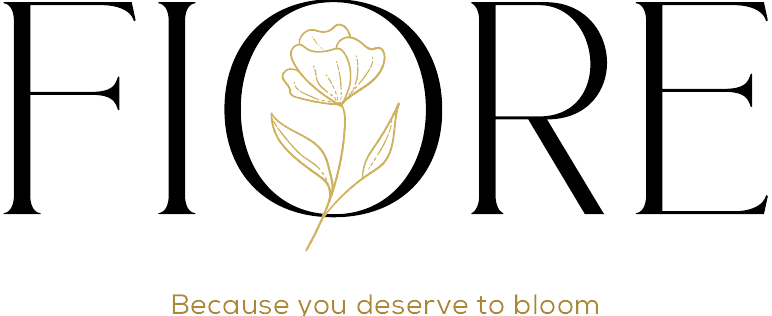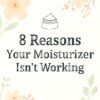No products in the cart.
Return To Shop
You’ve made a thoughtful decision to elevate your skincare routine — perhaps by introducing a new serum with promising active ingredients aimed at improving texture and tone. But instead of a radiant glow, your skin is reacting with tiny bumps, congestion, or unexpected breakouts. It can feel confusing, even frustrating. Is this a normal part of the process, or is something going wrong?
This is a common concern, and while purging and breaking out may appear similar, they’re quite different beneath the surface. Understanding how to tell them apart can help you respond with the right care — and a little more confidence in your journey to healthier skin.
What is Skin Purging?
Skin purging is a temporary reaction that can occur when introducing active ingredients such as AHAs, BHAs, retinol, or vitamin C into your skincare routine. These ingredients accelerate cell turnover — essentially speeding up the skin’s natural shedding process.
As a result, any buildup beneath the surface (think: dead skin, trapped sebum, or microcomedones) is pushed out rapidly, leading to what looks like a sudden flare-up. While it may appear alarming at first, purging is usually a sign that the product is working — and that your skin is in transition.
How It Differs From a Breakout
Unlike purging, breakouts are typically a negative response. They occur when a product irritates your skin, clogs your pores, or disrupts your natural barrier. These reactions can result in inflammation, painful pimples, or new blemishes in areas that don’t usually break out.
To help you distinguish between the two, here’s a quick comparison:
| Skin Purging | Breakouts |
| Occurs in usual acne-prone areas | Appears in new or unusual areas |
| Triggered by active ingredients | Can be triggered by any product |
| Improves within 2–6 weeks | Persists or worsens over time |
| Typically presents as small, similar bumps | May include cysts, blackheads, and redness |
Occurs in usual acne-prone areas Appears in new or unusual areas
Triggered by active ingredients Can be triggered by any product
Improves within 2–6 weeks Persists or worsens over time
Typically presents as small, similar bumps May include cysts, blackheads, and redness
What Should You Do?
If you suspect purging, the best approach is to stay consistent — but gentle. Give your skin a few weeks to adapt while minimizing the use of other actives. Keep your routine simple and focus on hydration and barrier repair.
However, if you notice new breakouts in unusual areas, increased irritation, or discomfort that continues to escalate, it may be a sign that the product isn’t suitable for your skin. In such cases, it’s advisable to discontinue use and consult a dermatologist if needed.
Supporting Your Skin Through the Transition
Simplify your routine – Stick to the essentials: a mild cleanser, a soothing serum, a barrier-repairing moisturizer, and sunscreen.
Hydrate generously – A well-hydrated skin barrier is more resilient.
Avoid over-exfoliating or picking – Let your skin heal without added stress.
Be patient – Skin renewal takes time. Most purging resolves within 4–6 weeks.
Choosing the Right Products Matters
Your skin deserves ingredients that are effective, but also kind. That’s why brands like Fiore focus on plant-based, gentle formulations that work in harmony with your skin — especially during sensitive phases like purging. Always check for non-comedogenic and skin-safe ingredients when trying something new.
Final Thoughts
Whether you’re dealing with a purge or a breakout, the most important thing is to listen to your skin. A temporary setback doesn’t mean your routine is failing — it might just mean your skin is adjusting.
Treat your skin with patience, nourish it with care, and remember: lasting results take time, but they’re always worth the wait.









Add comment